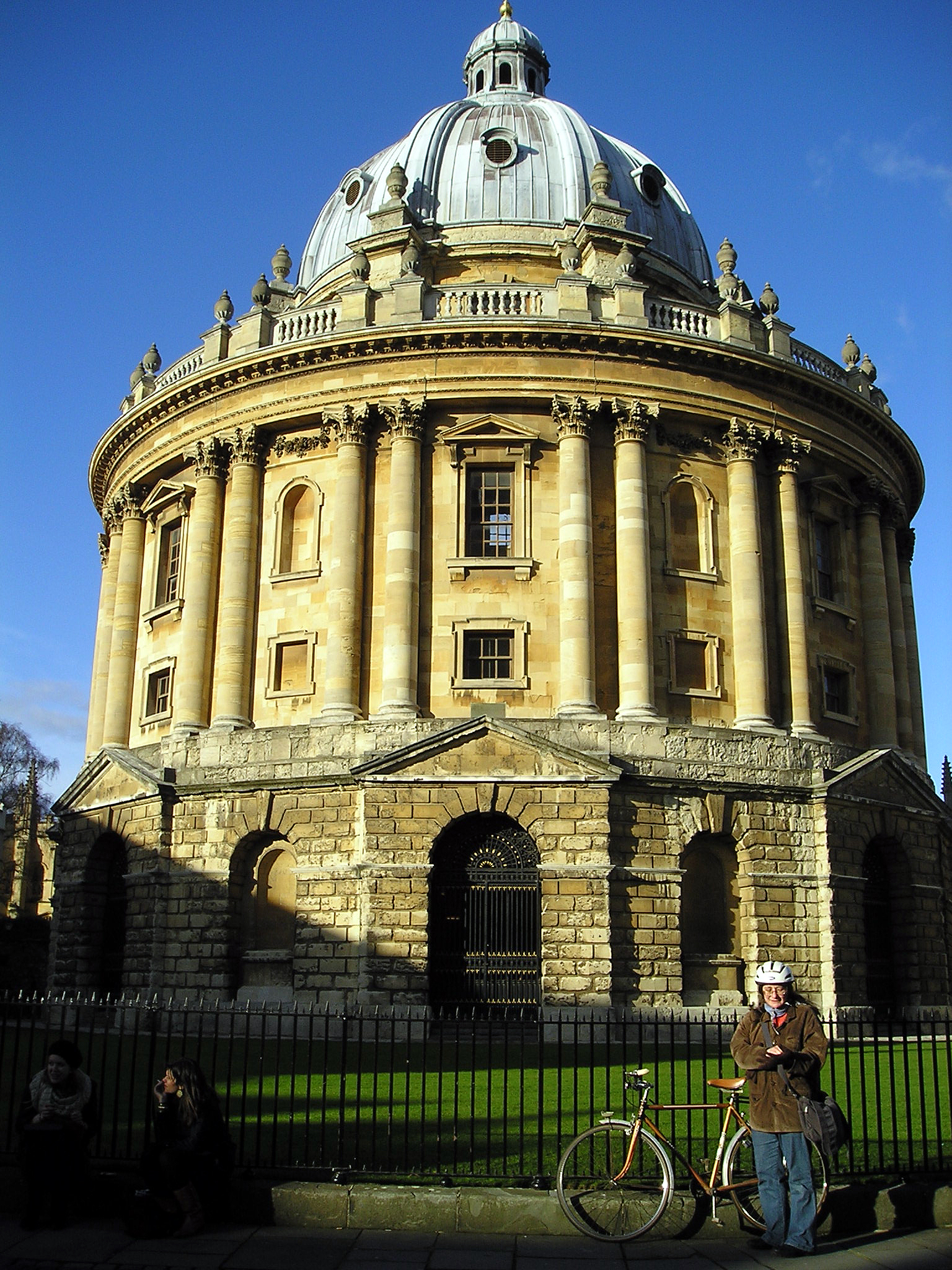The Bodleian’s Seminar Room, Room 132 in the New Library, contained a fresher collection of books than usual this week as judging began for the Designer Bookbinders International Competition, 2009. The judges (Tom Phillips, Faith Shannon, Jeff Clements, Ed Bayntun-Coward, and Richard Ovenden) were selecting from over 250 entries, all of a limited-edition text of poems and images on the subject of water, bound in a variety of materials and styles. Over 100 of the entries will be placed on special exhibition in the Bodleian in June and this exhibition will travel to the Boston Public Library in September, and on to the Grolier Club in New York in 2010. The winning entry will be announced on 11 June 2009.
Bookbinding competition
The Bodleian’s Seminar Room, Room 132 in the New Library, contained a fresher collection of books than usual this week as judging began for the Designer Bookbinders International Competition, 2009. The judges (Tom Phillips, Faith Shannon, Jeff Clements, Ed Bayntun-Coward, and Richard Ovenden) were selecting from over 250 entries, all of a limited-edition text of poems and images on the subject of water, bound in a variety of materials and styles. Over 100 of the entries will be placed on special exhibition in the Bodleian in June and this exhibition will travel to the Boston Public Library in September, and on to the Grolier Club in New York in 2010. The winning entry will be announced on 11 June 2009.











 Even though one might think that ancient bindings are by definition more precious and refined than the more recent ones, this can definitely be a misleading preconception. Indeed ancient bindings are precious and refined, but modern ones can well be as precious and refined as the ancient ones.
Even though one might think that ancient bindings are by definition more precious and refined than the more recent ones, this can definitely be a misleading preconception. Indeed ancient bindings are precious and refined, but modern ones can well be as precious and refined as the ancient ones.